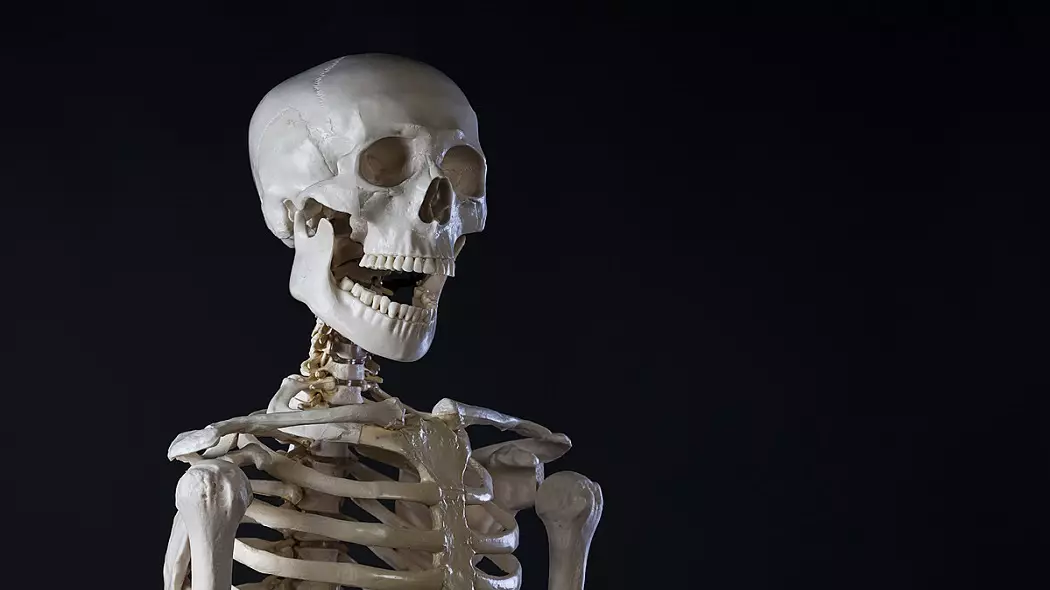Scientists have studied over 69 thousand skeletons of different eras

The group of experts analyzed the traces of diseases remaining on the bones of a person, which made it possible to trace the evolutionary process to combat various pathogens. The results of a large-scale study appeared in the PLOS ONE magazine.
The main objects of scientific work were leprosy, tuberculosis and treponematosis. The latter are a group of diseases that include syphilis. A feature of these diseases is their ability to leave after themselves tracks on the bones and teeth. This allowed experts to trace the dynamics of disease development of up to 200 generations. As Matsa Henneberg, who is an anthropologist from the University of Flinders in Australia, the prevalence of these diseases is reduced as they are jointly adapting. Such a process contributes to the survival of viruses and a person who is their carrier.
Over the past 5000 years, before the appearance of modern medicine, skeletal signs of tuberculosis became less and less common; Skeletal manifestations of leprosy in Europe began to decrease after the Middle Ages; And the skeletal signs of treponematosis in North America have decreased in recent years to contact with the invading Europeans, - Maci Henneberg, an anthropologist from the University of Flinders in Australia, co-author of the study.As part of the scientific work, the results of early studies of studied diseases were used, during which experts analyzed 69,379 skeletons. The remains of people belonged to various epochs, starting from 7250 BC. e. And ending with the skeletons of people of our time. It is worth noting that not all the remains were subject to infection with one of three diseases, but the large size of the sample allowed specialists to make several conclusions for science.

It was found that none of the three diseases killed a person immediately. This allowed viruses to survive and spread. However, the statistical decrease in the prevalence of tuberculosis, leprosy and treponematosis provides grounds to assume that people either have developed resistance to these pathogens, or the diseases themselves have become less dangerous.
From an evolutionary point of view, for the pathogen it makes sense to cause less harm to the owner, on which its survival depends, therefore high levels of transmission seem to be a temporary evolutionary sign that decreases with time - Tegan Lucas, an anthropologist from Flinders University, co-author of the study.Experts noted that to analyze the evolution of the human body and viruses, it is necessary to take into account many different factors that can affect the spread of diseases. Despite the fact that a new study is not a strict epidemiological metaanalysis, its results will be able to help experts in the future to identify the reasons for the formation of new viruses.
